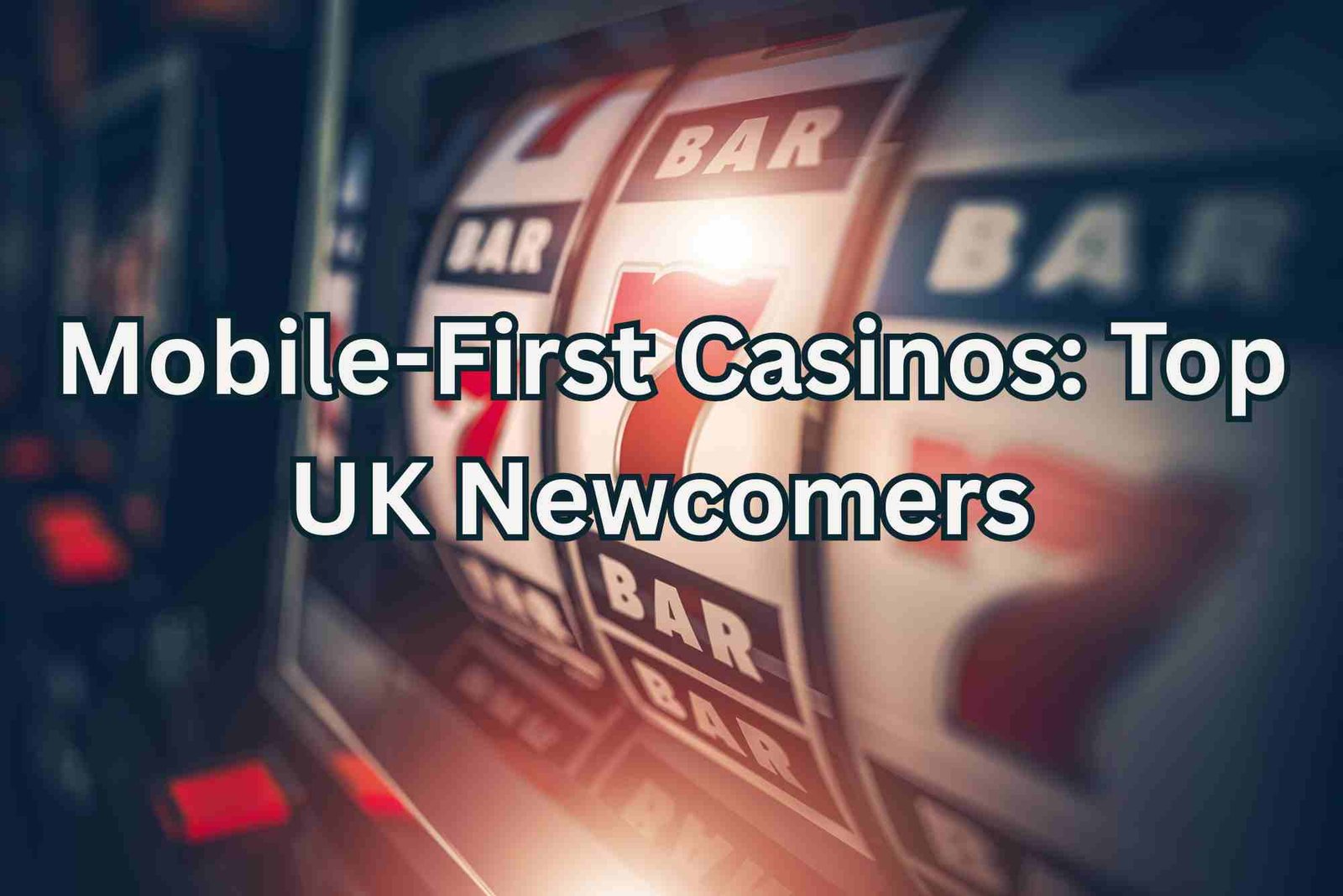Casinos have long been associated with flashing lights, the clatter of chips, and the thrill of winning or losing on the turn of a card. Yet in the modern era, these entertainment hubs have become much more than gambling destinations. If you’ve visited Las Vegas, Macau, or even smaller resort-style casinos, you’ve likely noticed that gaming floors are now only part of the overall experience. Alongside blackjack tables and slot machines, you’ll find fine dining, luxury shopping, concerts, spas, and family-friendly attractions.
This diversification raises an interesting question: how do casinos balance their core gambling operations with the increasing demand for non-gambling amenities? The answer lies in strategic design, customer segmentation, and an evolving understanding of what people want from their leisure time.
The Changing Profile of Casino Visitors
Traditionally, casinos were designed almost exclusively for gamblers. Every aspect of the environment — from windowless rooms to free drinks — was meant to keep players on the floor. But visitor demographics have shifted. Today, many people see casinos as part of a broader travel and leisure package rather than a place purely for gaming.
This is especially true in tourist hotspots. Visitors might be just as interested in catching a headline music act, enjoying a Michelin-star meal, or spending a day at the pool as they are in sitting at the tables. In some destinations, non-gaming revenues now account for nearly half of a casino resort’s income, proving just how important these attractions have become.
Casinos recognize that not everyone wants to gamble, and even dedicated players don’t spend all their time on the gaming floor. By offering other activities, they not only expand their customer base but also keep visitors engaged for longer periods, increasing overall spending.
The Rise of Digital Competition
The expansion of online gambling has also pushed physical casinos to rethink their strategies. With people able to access slots, poker, and even live dealer games from their phones, land-based casinos need to provide something beyond the games themselves to entice visitors.
Interestingly, the online sector has mirrored this trend in its own way. Platforms like no KYC online casinos have attracted players by offering faster onboarding and convenience, but they too recognize the importance of delivering experiences beyond pure gameplay. Just as physical casinos use entertainment and hospitality to differentiate, digital platforms use features like community engagement, gamification, and immersive themes. This overlap between online and offline strategies shows how central the concept of “more than gambling” has become across the entire industry.
Designing Integrated Entertainment Experiences
One of the most effective ways casinos balance gambling with non-gambling attractions is through integrated design. A well-planned casino resort ensures that every aspect of the guest journey — from check-in to checkout — flows seamlessly between gaming and non-gaming experiences.
For example, casinos often position restaurants and bars near gaming floors to encourage cross-traffic. Visitors may stop for dinner and then head straight into the casino, or vice versa. Similarly, high-profile shows and concerts are scheduled at times that complement, rather than compete with, gaming hours. This integration ensures that non-gambling activities enhance rather than cannibalize the casino’s main revenue stream.
Appealing to Multiple Customer Segments
Casinos also carefully balance their offerings by targeting different customer types. For high rollers, luxury suites, private lounges, and exclusive events create a sense of prestige. For families, entertainment options like aquariums, theme park rides, or kid-friendly shows provide reasons to visit even if the adults spend little time gambling.
This segmentation ensures that casinos can attract a wide spectrum of visitors. The gambler isn’t alienated by the presence of non-gambling attractions, while the non-gambler still finds plenty of value in visiting the resort. It’s a strategy that broadens appeal without undermining the core business.
Non-Gambling Attractions as Profit Centers
It’s also important to recognize that non-gambling attractions aren’t just “supporting acts.” They are major profit centers in their own right. Luxury shopping malls within casinos bring in huge revenues, particularly in markets like Macau where international visitors flock to buy high-end goods.
Restaurants helmed by celebrity chefs not only draw attention but also encourage higher spending per guest. Concerts and sporting events sell out arenas, generating ticket revenue and boosting hotel occupancy. In many cases, the margins on these attractions are as strong — if not stronger — than traditional gambling.
By treating non-gaming elements as core business units rather than add-ons, casinos can reduce reliance on gambling revenues alone. This diversification helps them weather fluctuations in gaming demand and regulatory changes that may impact betting.
The Role of Hospitality and Ambience
Balancing gambling with non-gambling attractions isn’t just about flashy shows or retail. It’s also about the softer side of hospitality. Spas, wellness centers, and luxury suites provide comfort and relaxation that make a casino resort feel like a complete getaway.
Ambience plays a critical role as well. Carefully designed interiors, art installations, and even natural features like indoor gardens or fountains create memorable spaces that appeal to non-gamblers. These elements help casinos position themselves as full-spectrum destinations rather than one-dimensional gaming halls.
Responsible Gaming Considerations
There’s also a deeper social dimension to this balance. By offering non-gambling attractions, casinos can promote responsible play. When guests have alternative activities available, it encourages them to take breaks, reducing the risk of problem gambling behaviors.
Casinos that integrate wellness, fitness, and family-friendly options alongside their gaming floors send a message that they value balanced leisure experiences. This not only improves public perception but also helps maintain regulatory goodwill in jurisdictions where gambling can be politically sensitive.
Looking to the Future of Casino Entertainment
As younger generations become the primary target market, casinos will continue expanding non-gambling attractions. Millennials and Gen Z travelers often prioritize experiences over material goods, making entertainment, dining, and cultural activities especially important.
We may see casinos incorporating more immersive technology-driven attractions — think VR shows, eSports arenas, and interactive art exhibits. Sustainability will also become a bigger theme, with eco-friendly hotels and green design playing a role in shaping the casino resorts of tomorrow.
At the same time, gambling will remain the heartbeat of the industry. The challenge for casinos will be finding new ways to weave gaming and non-gaming elements together in ways that feel natural, engaging, and valuable to their diverse guest base.
Conclusion
Casinos today are more than places to gamble — they are multi-layered entertainment ecosystems. By offering everything from fine dining and concerts to spas and shopping, they strike a balance that appeals to gamblers and non-gamblers alike. This strategy not only boosts profitability but also ensures long-term relevance in an era where online gaming and changing consumer habits could otherwise pose challenges.
Ultimately, the success of this balance lies in understanding the customer. Whether you’re a high roller chasing the thrill of the tables, a family looking for a fun holiday, or a tourist drawn by a world-class concert, modern casinos are built to make sure there’s something for everyone. That ability to diversify while keeping gambling at the core is what keeps the industry thriving.




